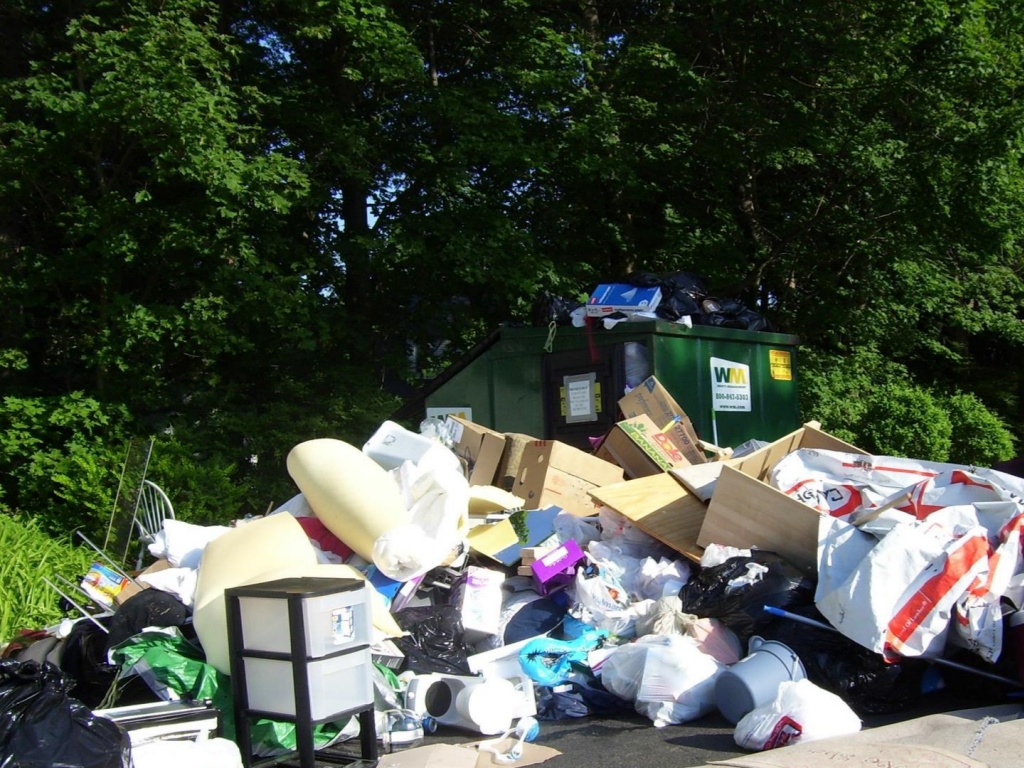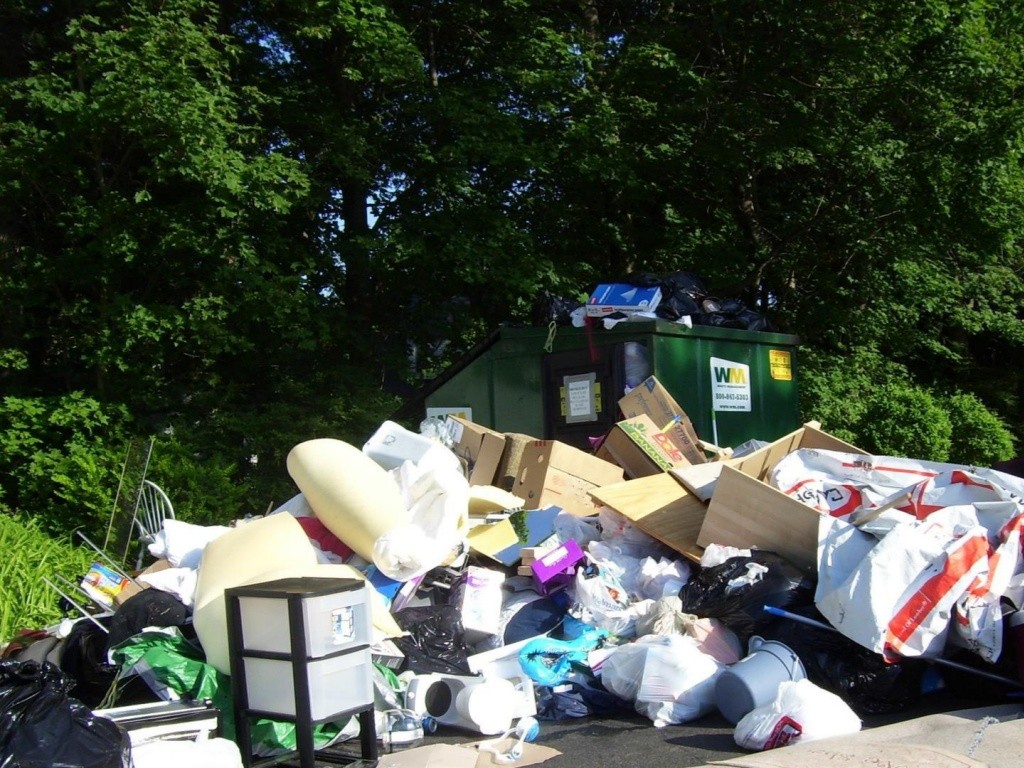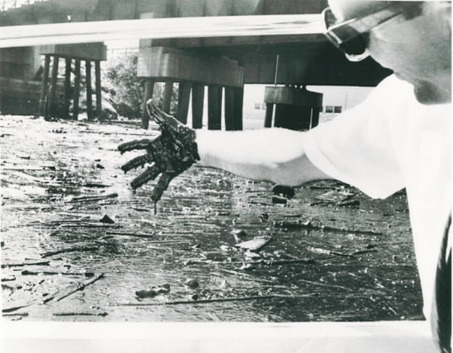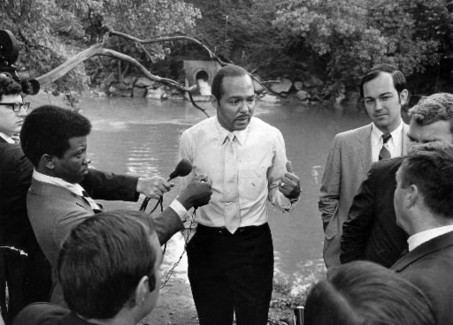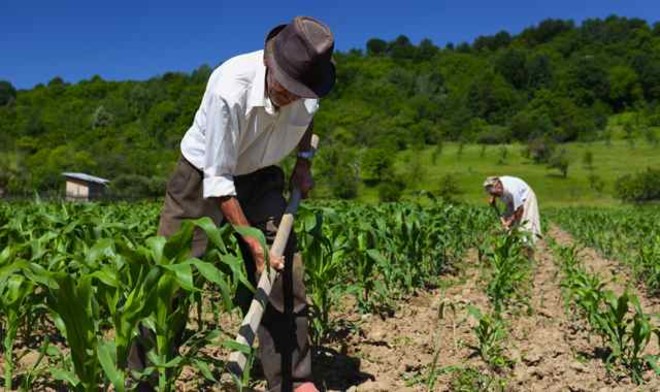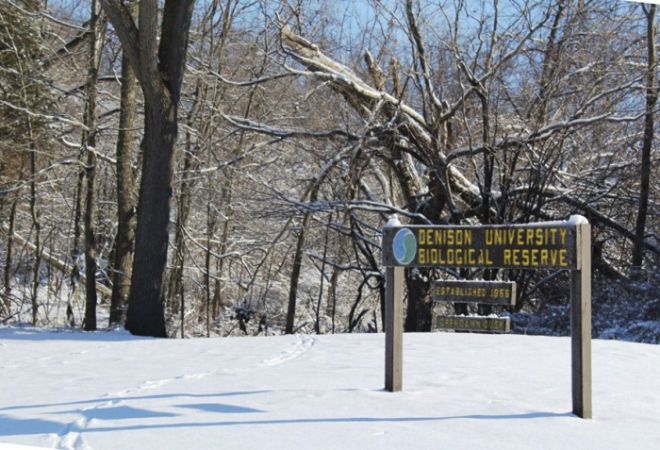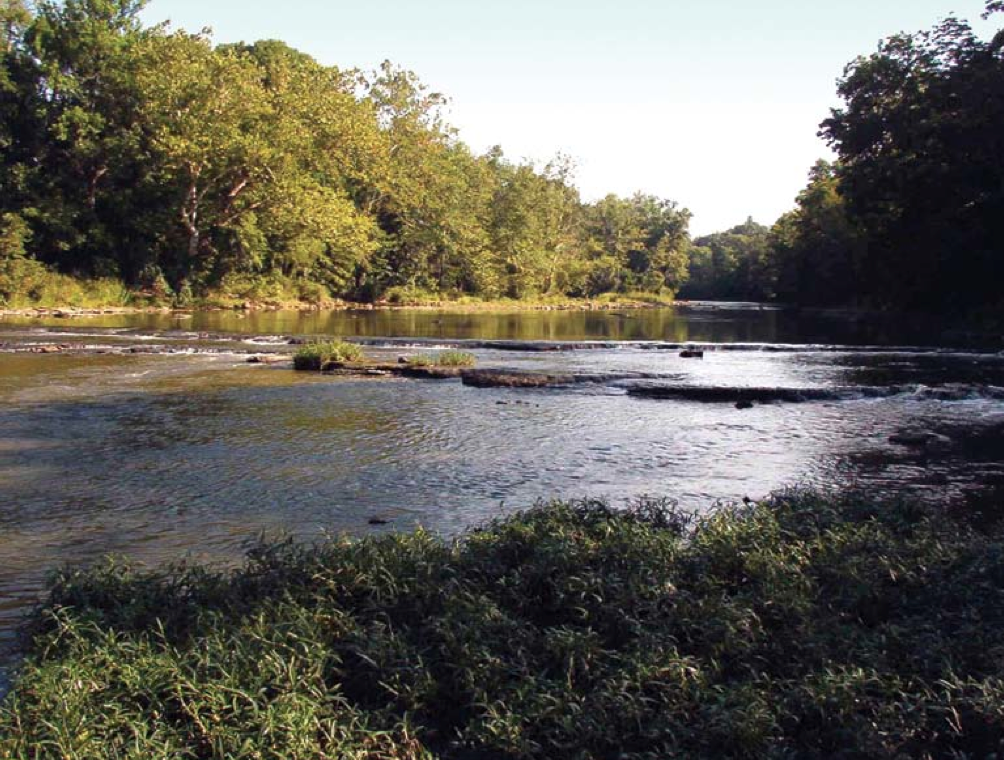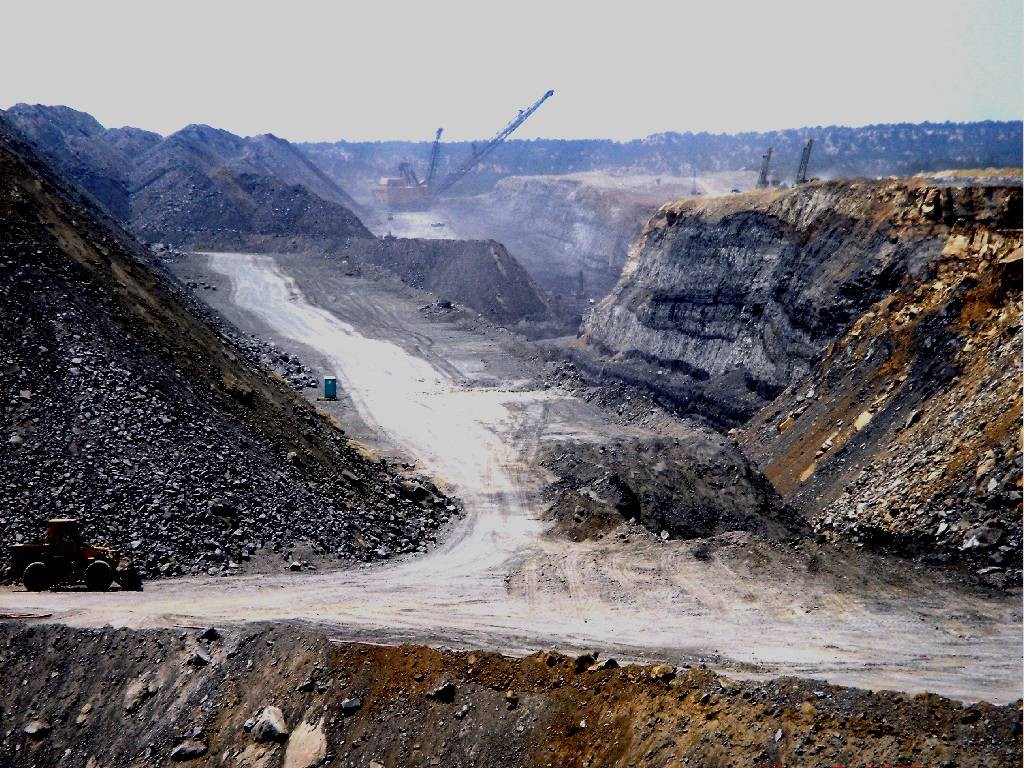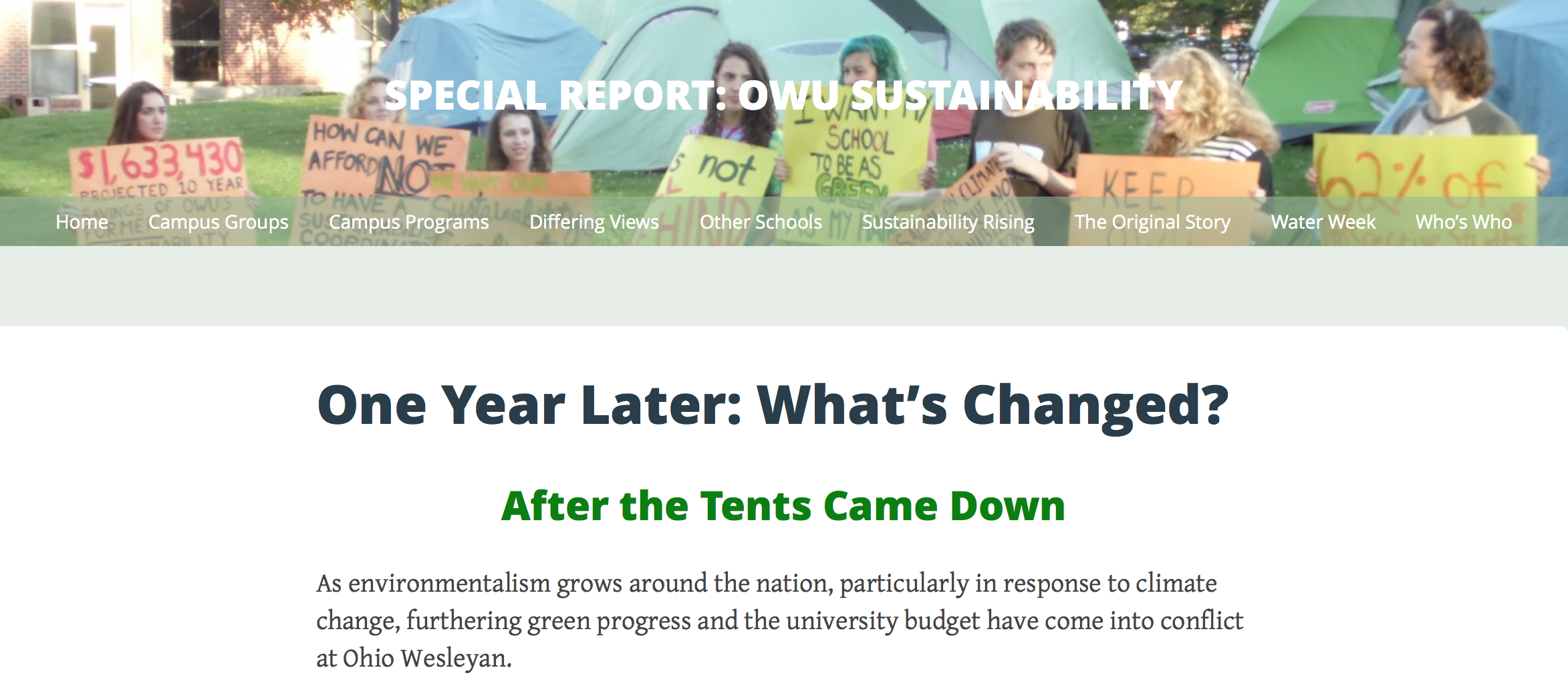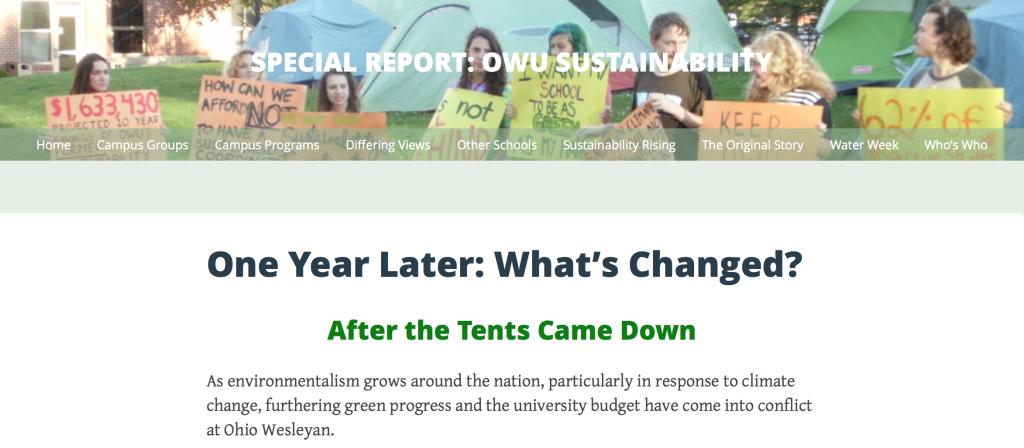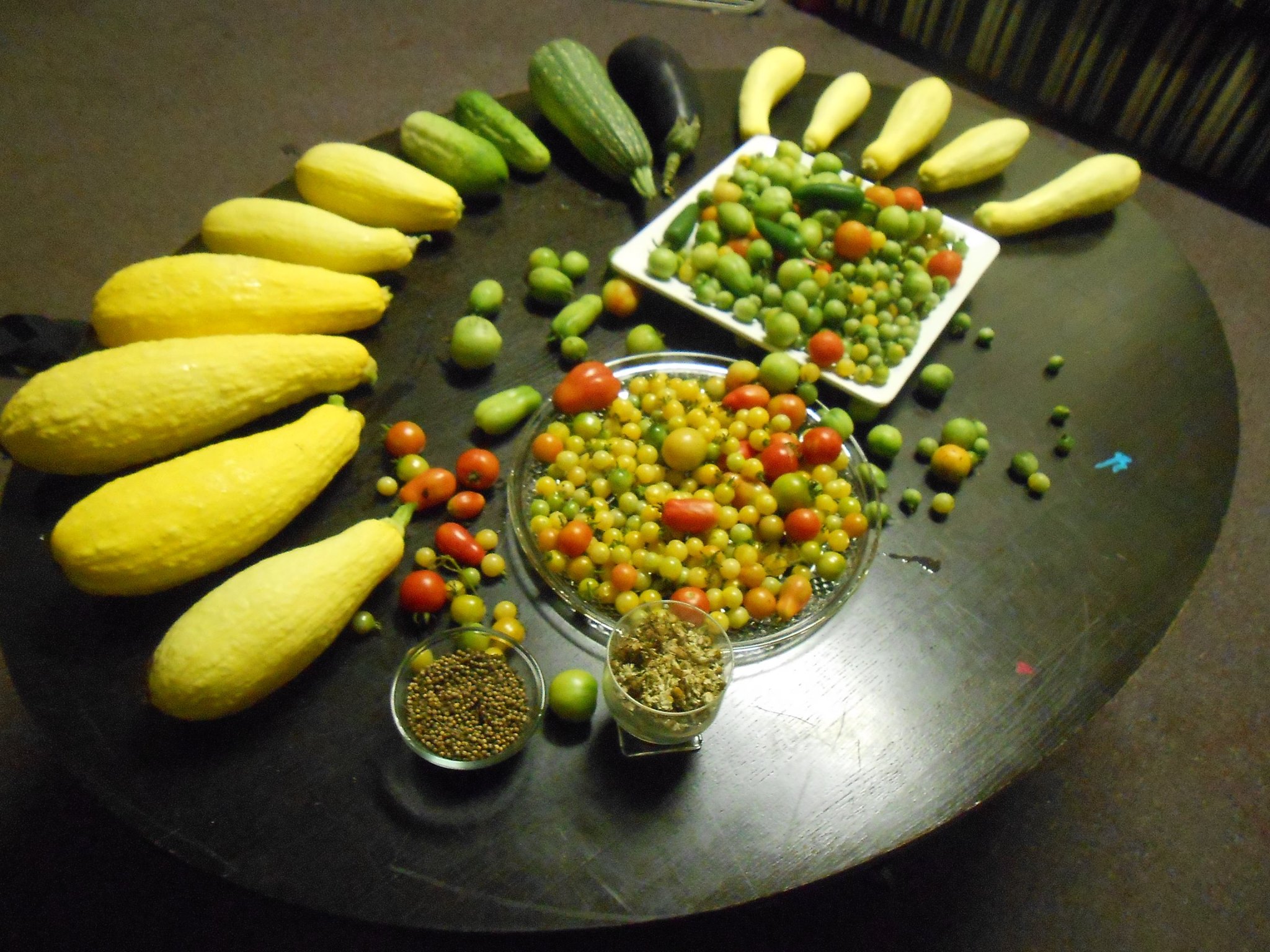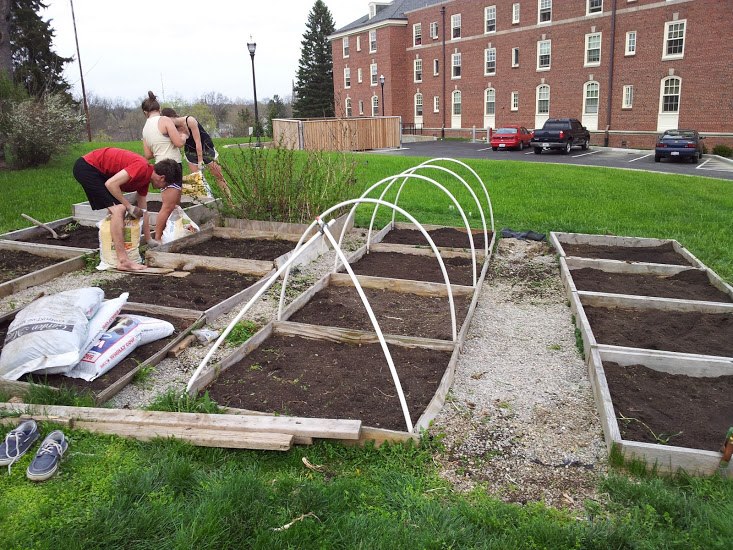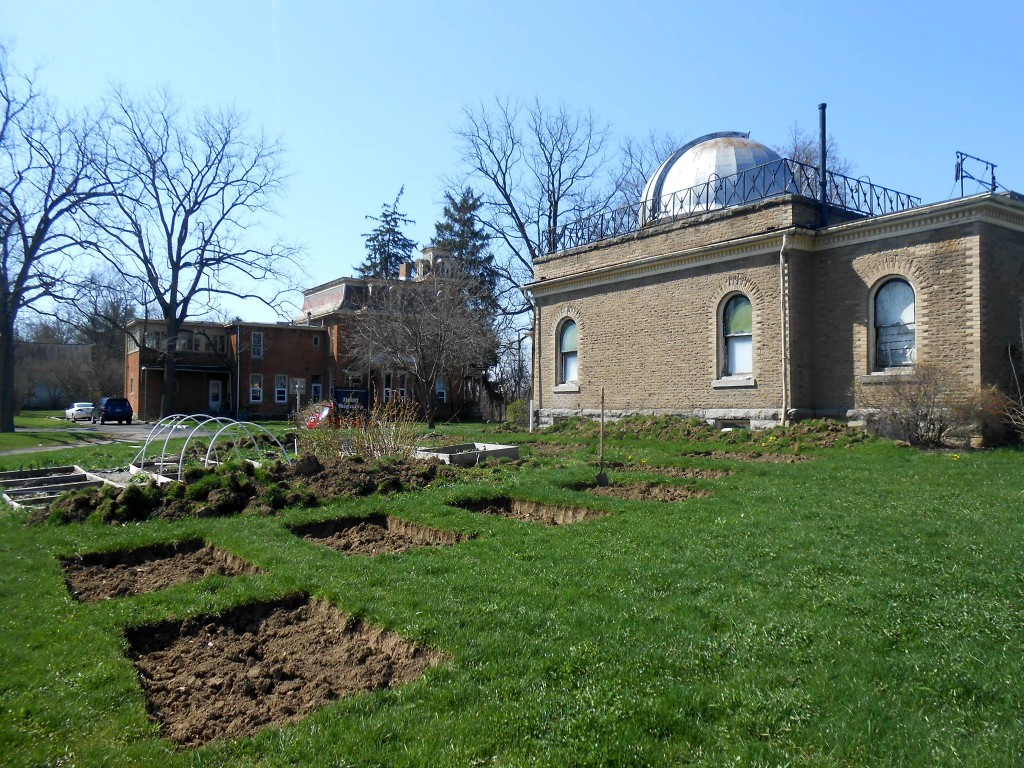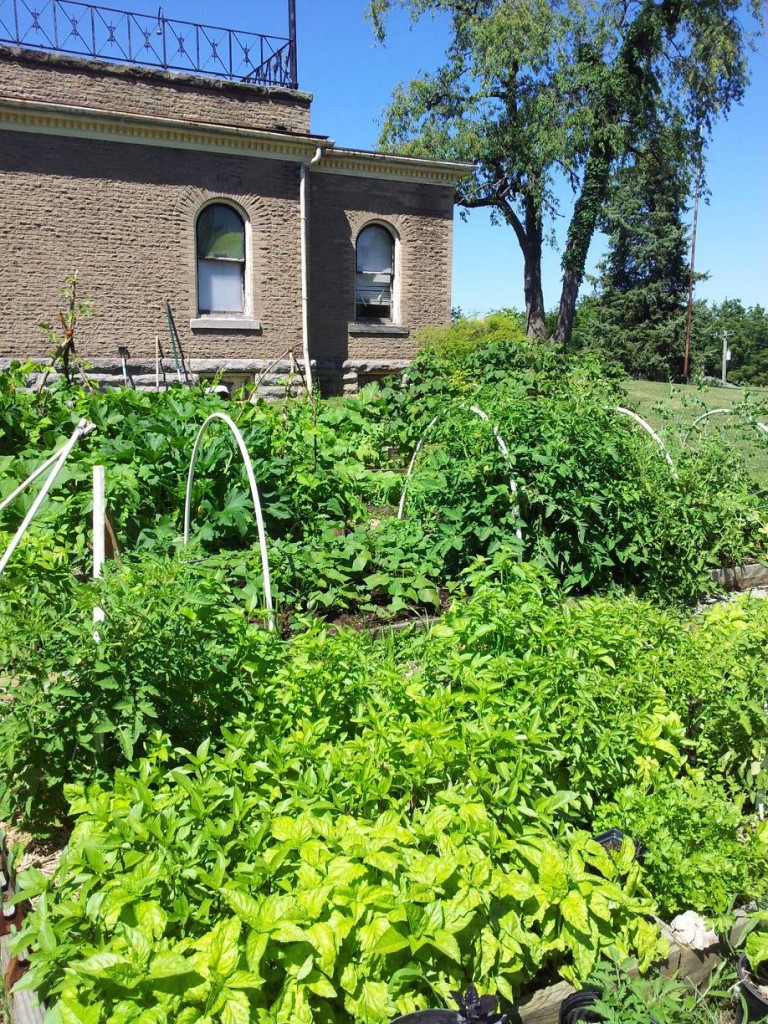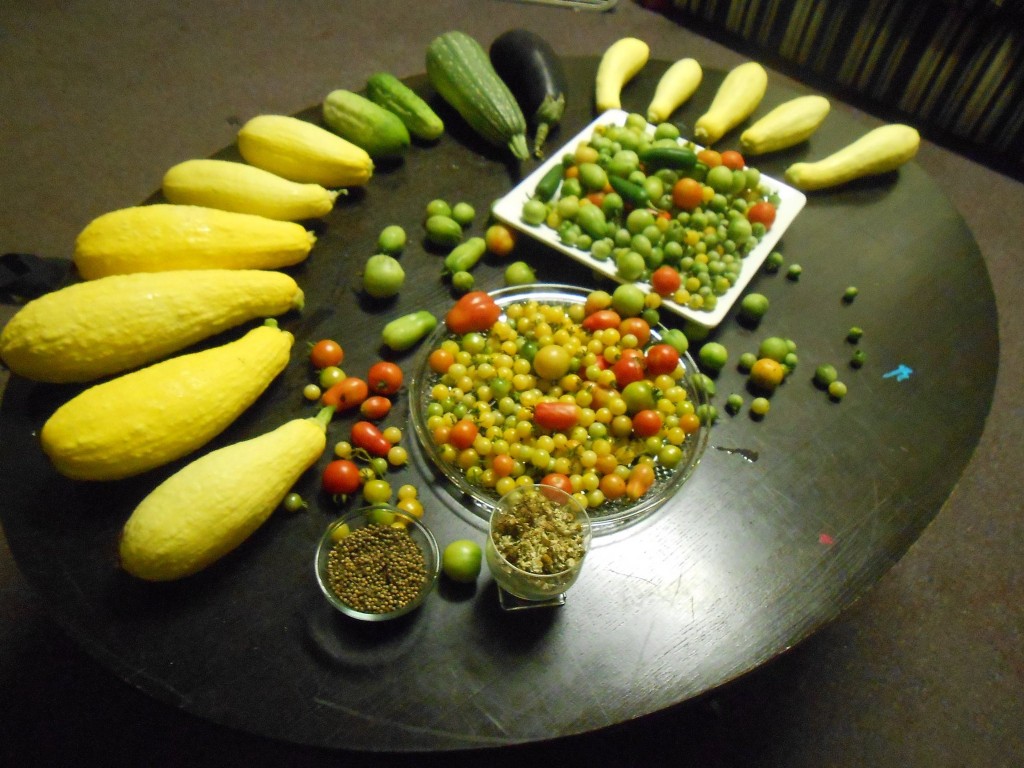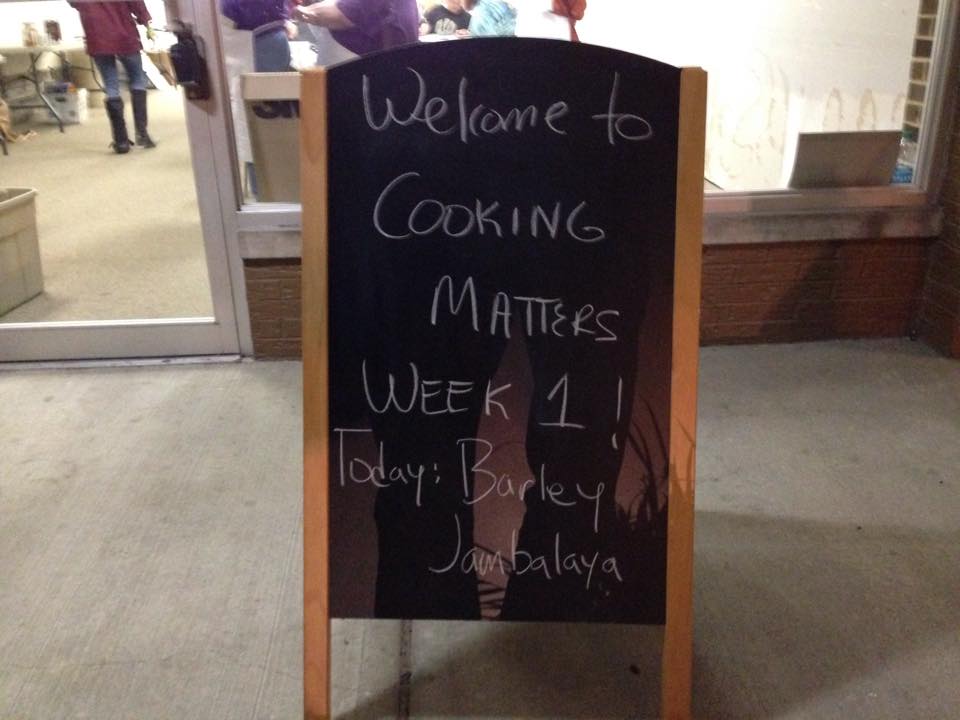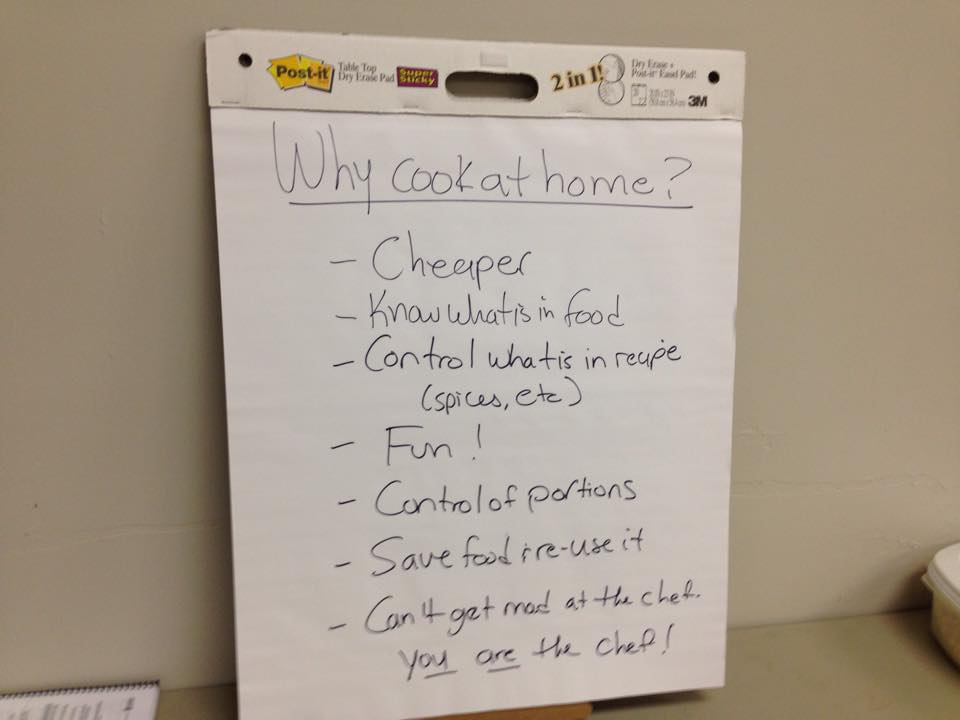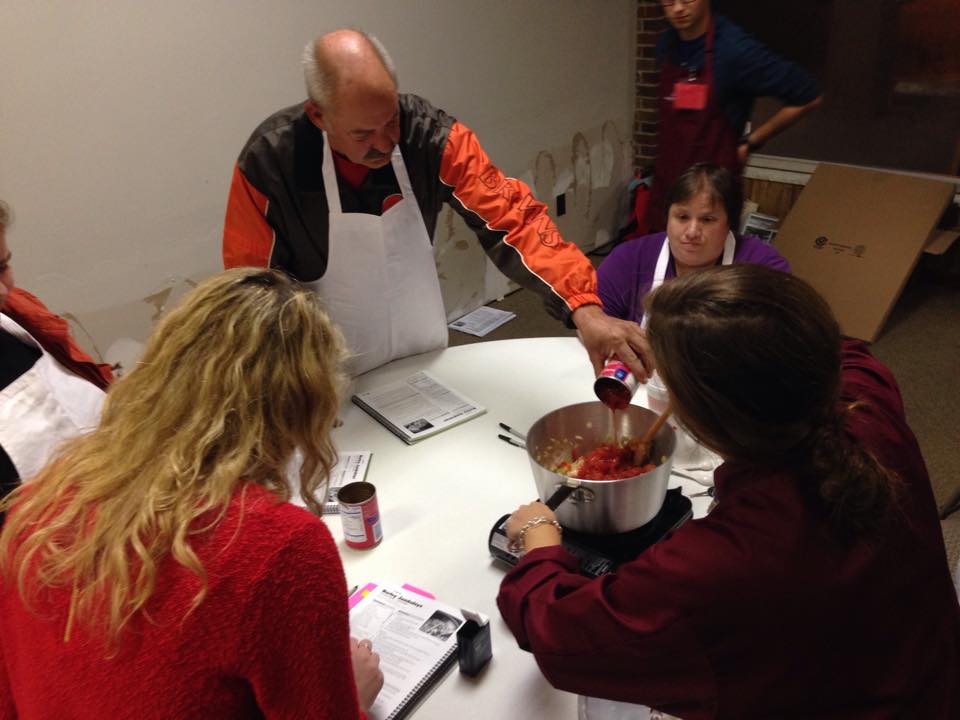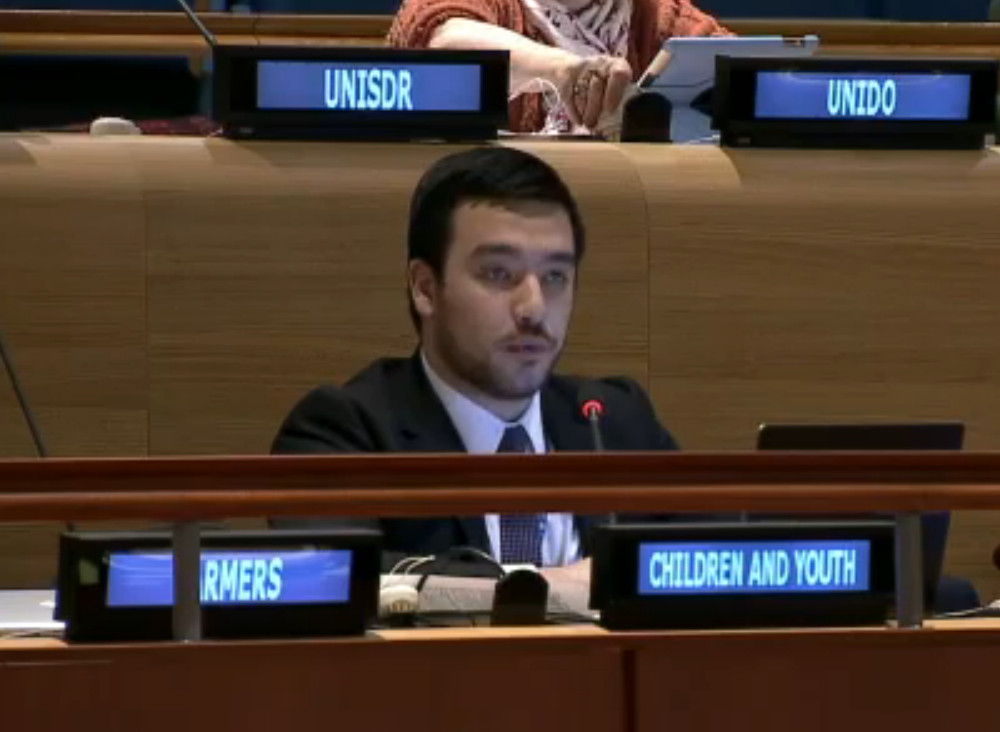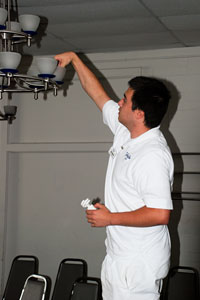Wednesday February 11 2015: Ohio Wesleyan was awarded $10,000 from the Delaware, Knox, Marion, Morrow (DKMM) Joint Solid Waste District for our May Move Out effort for 2015 through the efforts of the Sustainability Task Force. The project, originally developed and implemented by student Sarah D’Alexander in 2012, diverts reusable and recyclable materials from the trash during the student move out at the end of the spring semester. Grant funds will offset costs to OWU for pod rental (for short term storage of reusable and recyclable materials, and transport to our partners at Goodwill Industries) as well as promotional and educational efforts. The Sustainability Task Force (STF) guided the grant proposal, and students in John Krygier’s Geography 360 course (Environmental Geography) as well as Green House SLU members will be working on the project with Goodwill Industries, OWU Buildings and Grounds and OWU Residential Life.
Project Description:
Ohio Wesleyan University (OWU) looks to significantly enhance and expand recycling/reuse efforts on our campus among its nearly 1,750 students who bring furnishings, clothing, small appliances and other items to outfit their residence hall living spaces each year. Much of the materials they bring and accumulate over an academic year do not go with them when they leave campus for the summer.
In fact, at the end of each spring semester over a few days, OWU students dump in excess of 43 tons of materials, much of which could be recycled or reused, into garbage dumpsters as they prepare to depart campus. Furniture, lamps, flat screen TVs, clothes, computers – usually of high quality and relatively new – end up in landfills, particularly as students from outside the state and country find they do not have the resources to move and travel with these items.
Ohio Wesleyan seeks to develop a partnership with Goodwill Industries to divert as many student discards as possible away from the landfill. We seek to build a sustainable model for “May Move Out” (as students move out of campus at the end of spring semester in May) that includes, in addition to significant waste diversion, an educational component whereby OWU students come to understand the significance of the waste they generate and learn to anticipate, plan, and reduce their waste impact. Further, the May Move Out program will engage students from several campus environmental organizations in working with Goodwill, OWU’s Buildings and Grounds, Residential and Campus cleaning staff as well as faculty in the Environmental Studies Program. Therefore, we believe our proposed program will, in addition to significant waste diversion, serve as an important pedagogical and service learning opportunity for our students. The desire to partner with a respected community organization with a shared goal of the reuse of materials, the capacity to handle a sizable addition of inventory for their stores and other enterprises and the desire to work with our students made Goodwill Industries our first choice for an off-campus partner.
The project outlined in this proposal builds on earlier efforts which involved recycling boxes in the residence halls and OWU students and staff sorting through the donated materials to then deliver appropriate materials to community organizations. The current proposed initiative addresses challenges and inadequacies with such previous end of year move out attempts and incorporates a partnership with a community organization that can provide the staffing and expertise needed to most successfully make use of the materials generated.
Meetings and discussions with Goodwill Industries and OWU Buildings & Grounds staff, students and faculty, resulted in the May Move Out project concept. The project entails:
- Placement of 9 storage containers aka pods at selected locations on the Residential side of campus, near garbage dumpsters to allow separation of recyclable and non-recyclable materials at each of the 9 sites.
- OWU students and Goodwill staff posted at the pods as “Diversion Consultants” to answer questions about what items would be considered waste vs. recyclable/reuse over the 4 day move-out period. We propose to leave some pods open and unmonitored, and will compare contents in those pods to contents in monitored pods to assess the ability of students to self-sort waste from recyclable/reusable materials.
- Relocation of the pods after the 6 (or are we saying 4 – pods open on the weekend?) day student move out period to the Goodwill Industries facility in Delaware, Ohio where contents will be sorted and processed by Goodwill staff. OWU student “Diversion Consultants” may be involved at this stage of the process to assess the collected materials.An educational campaign is required for the proposed project to work. OWU will build on an existing campaign called “Pack it in, Pack it up, Pack it out” to include the option to recycle/reuse. Components of this campaign include:
- Training of Residential Advisors on Residence Hall floors to understand the May Move Out and resources available to them and students on their floors.
- Creation of basic recycle/reuse or waste guidelines, on postcards distributed to students with email access to “Consultants” as well as social media messaging. Similar information on posters will be placed near waste areas in residential buildings.
- Events in the spring semester to raise awareness of the May Move Out campaign to include informational tables in the Campus Center, in Residential Food Service areas, and other locations.
Ohio Wesleyan’s project best fits the Non-Residential Recycling/Waste Reduction Project as defined in the Delaware Knox Marion Morrow Solid Waste Management District (DKMM SWD) 2015 Recycling & Market Development Project Application Handbook. OWU’s request is part of the institution’s larger plan to foster a culture of sustainability on campus as further outlined in item #5 below. Specifically, OWU seeks $10,000 to address priorities of DKMM SWD to foster and encourage collection and reuse of recyclable materials from the campus community.
With the campus drawing students from 46 states (with over 50% from Ohio) and 43 countries, this initiative provides a unique opportunity to reach a broad audience in our recycling educational efforts and hopes to inspire recycling practices in students that will continue after they graduate.
